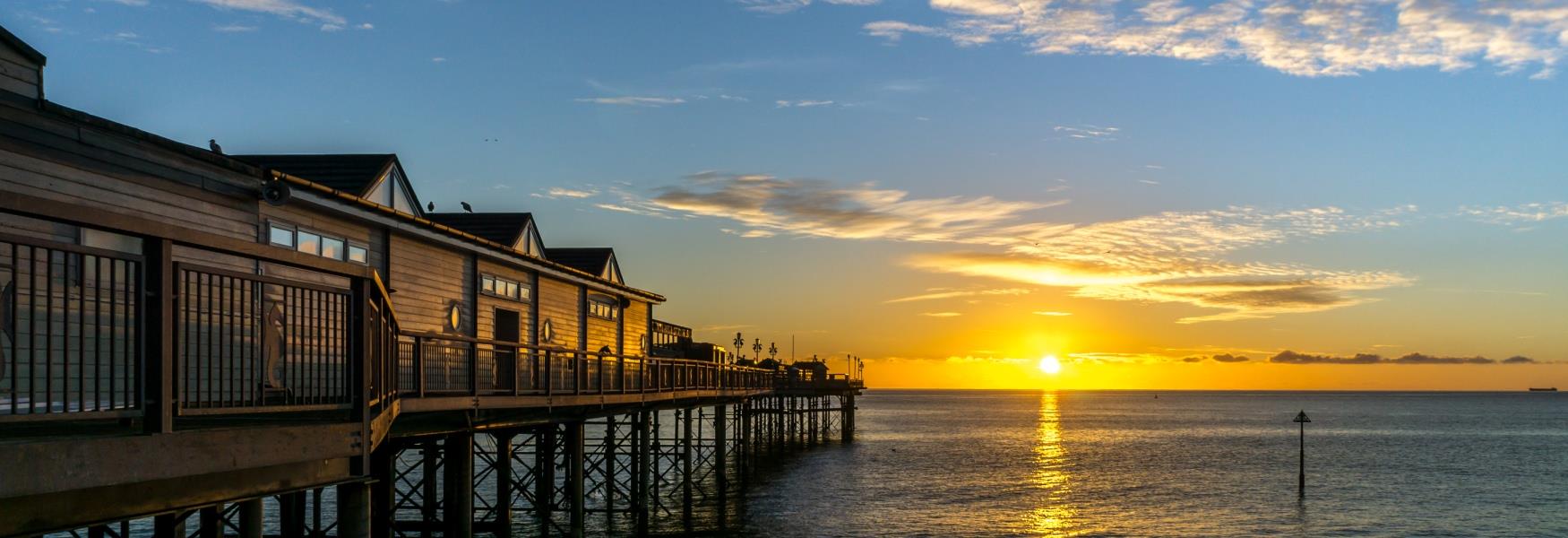 One of the most famous and influential British engineers of all time was Isambard kingdom Brunel. In the 19th century the Industrial Revolution was at its height and with this came many of Brunel’s greatest achievements.
One of the most famous and influential British engineers of all time was Isambard kingdom Brunel. In the 19th century the Industrial Revolution was at its height and with this came many of Brunel’s greatest achievements.
Throughout his life Brunel pushed the boundaries of the engineering world with his groundbreaking designs and structures. Some of his most famous and recognisable projects included the first propeller-driven iron ocean going ship, the SS Great Britain, which at the time was also the largest ship ever built, the construction of Box Tunnel which runs for almost 2 miles under Box Hill near Bath, the longest railway tunnel at the time, and numerous viaducts and bridges including the Clifton Suspension Bridge. But most importantly for South Devon he was instrumental in bringing the railway line to Exeter and beyond with the Great Western Railway which ran from London to Exeter and the South Devon Railway which runs on to Plymouth and Torquay.
The line from Exeter to Newton Abbot runs along the coast and passes through tunnels cut into the distinctive red cliffs and along the sea wall passing the resorts of Dawlish Warren, Dawlish and Teignmouth. The section of line ran over hilly terrain and had challenging curvatures, to facilitate this, an atmospheric system was implemented. This involved pipes running between the rails and pumping stations which used pressure to draw the trains along the lines. The atmospheric system had many operating issues and was abandoned. One of the pumping stations can still be found alongside the tracks in Starcross.
2006 was the 200 year anniversary of Isambard Kingdom Brunel’s birth and to mark the occasion numerous exciting events, exhibitions and arts projects were held across the UK. One of these projects was The Brunel Trail, which is a series of six interpretation boards at historical, geological or socially significant sites along the coast path between Dawlish and Dawlish Warren.
The boards are placed at about ten to fifteen minute intervals between Coryton Cove and the footbridge in Dawlish Warren, the other boards can be found at Lea Mount Park, the Railway Viaduct, Coastguards footbridge and Rockstone Flats footbridge. The gap between the Rockstone Flats board and the Dawlish Warren board is slightly longer.
The boards can be viewed in any order and tell the story of the town and coastline of Dawlish as well as the railway during the mid 19th century when the area was developing. Here is an overview of the boards found along the trail.
Coryton Cove – this board describes the red sandstone cliffs and the geology of the coast.
Lea Mount Park – this board shows several images of Dawlish in the early 19th century, how the town changed, the spread of housing and the appearance of the railway line separating the town from the beach.
Railway Viaduct – this board sets out Brunel’s family and his key collaborators in the development of the South Devon Railway, it also describes the influx of workers to the town.
Coastguards Footbridge – this board describes the casualties that were in the line of the new railway and explains how the railway overthrew the recent turnpike route into central Dawlish.
Rockstone Footbridge – this board explores the material and labour needed for the construction of the limestone and granite sea wall and its similarity to the methods used in building canals.
Dawlish Warren Footbridge – The two boards at the northern end of the trail describes the innovative and later abandonment of the atmospheric railway.
More details on The Brunel Trail and other projects to mark the 200 year anniversary on Brunel’s birth can be found on the Brunel 200 website.
Keep up to date with all things South Devon by signing up to our e-newsletter here. We’ll let you know about upcoming events, our latest blog posts, competitions and more!
Other Posts You Might Like
Related
Comments
Comments are disabled for this post.



 to add an item to your Itinerary basket.
to add an item to your Itinerary basket.


.jpg)
-blog small(2).jpg)







